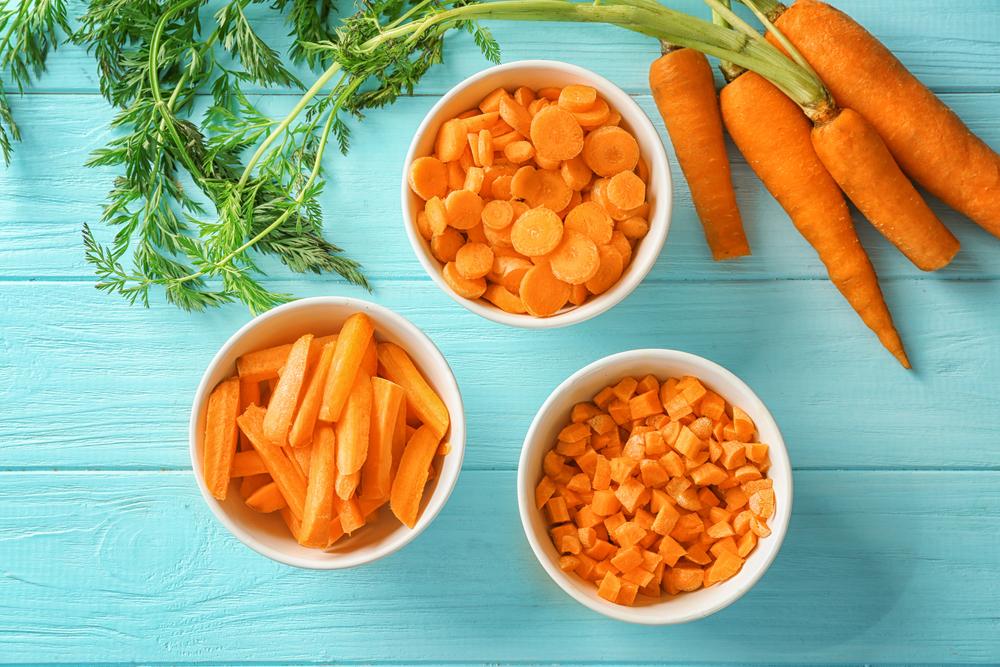Cooking doesn’t have to be complicated. Frank Proto, director of culinary operations at the Institute of Culinary Education (ICE) in New York City, wants home cooks to know as much.
Start simple, master the basics, and practice a little bit more every day, and you’ll soon find yourself with the skills—and confidence—to feed yourself and your loved ones home-cooked meals like a pro.






